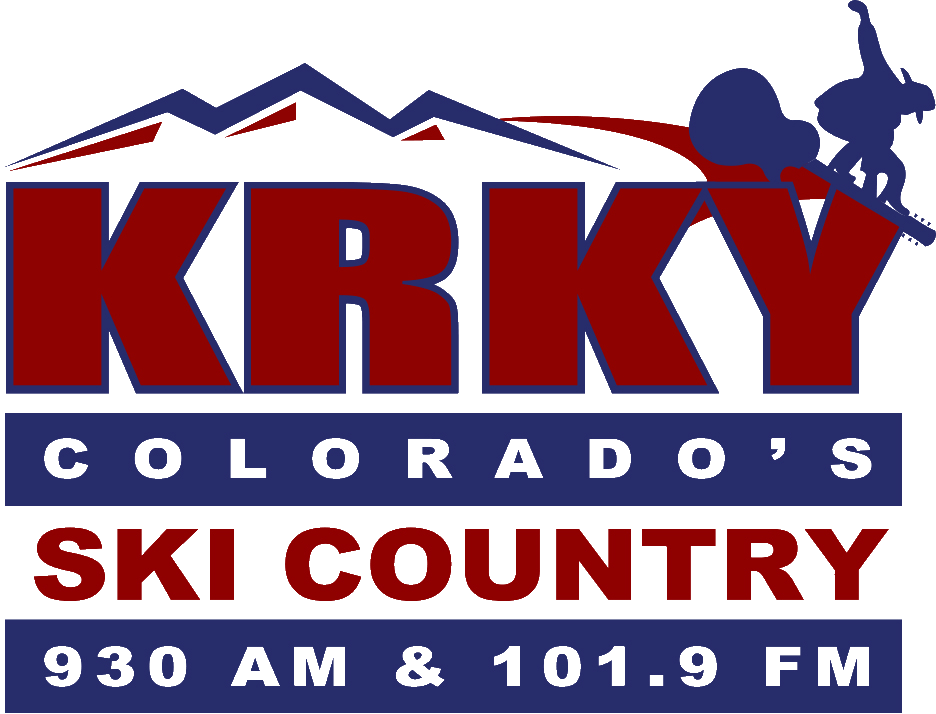

Hugh Carey / hcarey@summitdaily.com
Some skiers and snowboarders are choosing to make fewer trips to the mountains due to congestion on Interstate 70, according to a new study from the I-70 Coalition.
This winter, the nonprofit organization that advocates for various improvements to the I-70 mountain corridor, sponsored a research study to learn how frequent I-70 travelers deal with weekend congestion, along with a number of other topics.
The study, conducted by RRC Associates, involved an online panel survey of Front Range skiers and riders as well as intercept surveys conducted through random sampling at the Wooly Mammoth and T-Rex parking lots in Morrison — well-known gathering spots for travelers headed to the Western Slope. The study was designed to mirror similar evaluations conducted in 2012, 2014 and 2017, and is meant to help the coalition shed light on how existing traveling resources and programs are being used and how they might be improved.
“This I-70 user study helps us understand the motivations and travel habits of frequent I-70 travelers,” Coalition Director Margaret Bowes said. “It also allows the I-70 Coalition and other stakeholders an ability to measure the effectiveness of education campaigns and I-70 congestion management programs. This information will be helpful as we consider future efforts to encourage transit use, carpooling and other congestion reduction endeavors.”
Effects on Skier Visits
Among the most notable of the results, skiers and riders voiced that congestion on I-70 has reduced their frequency of visits to ski areas along the corridor. According to the results, 67% of respondents reported taking fewer trips because of traffic compared with 69% in the 2017 study. Participants seemed more likely to brave the traffic if they invested in a season pass, with 62% of passholders claiming fewer trips and 78% of those without passes claiming fewer trips. Older recreationists were less likely to reduce trips because of congestion (65% of respondents older than 35) compared with younger individuals (73% of respondents younger than 35).
While some skiers and riders are taking fewer trips, the data also revealed that the trips they’re making may be getting longer. Forty-five percent of skiers reported taking more overnight trips to minimize time on the interstate compared with 37% from 2017.
A considerable 95% of respondents said they took active efforts to avoid high traffic volumes on I-70, and many shared their preferred methods of escaping the overcrowding. Among the most common strategies were trying to arrive at resort early (65% of respondents), leaving the resort early (57%), staying overnight near the resort (51%) and avoiding weekend skiing altogether (45%).
“It’s clear frequent travelers are getting increasingly frustrated, and they’re utilizing multiple congestion avoidance strategies and finding that even with those they’re still finding it hard to avoid long travel times on I-70,” Bowes said. “A concerning statistic is the number of people reducing their trips to the mountains. That’s not the trend we want to see.”
Carpooling, Information and Safety
In addition to more general data collected on skier visits to resorts along the I-70 corridor, the study also looked into behaviors surrounding things like carpooling, use of traffic information resources and awareness of safety measures like passenger vehicle traction laws.
In regard to carpooling, visitors who gathered at the Dinosaur Lots in Morrison before leaving for the Western Slope averaged 1.8 people per vehicle going into the lot and three leaving. More than half (53%) of respondents arrived at the parking lots alone, but a total of 94% left with more than one person. Participants noted fun (67%), saving on gas (67%), reducing environmental impacts (45%) and reducing traffic congestion (41%) as the major motivators behind carpooling.
The data also revealed that the more individuals travel to the mountains, the more likely they are to use traffic information sources and the more aware they are of traction laws. According to the study, 79% of individuals who make more than 20 trips to the mountains a season use traffic information sources like CoTrip.org or Google Maps to monitor traffic and road conditions compared with 57% of individuals who make 10 or fewer trips. Additionally, drivers who took more than 10 trips per season were considerably more likely to be familiar with traction laws (about 83%) compared with individuals who came less frequently (about 55%).
“The encouraging news is there’s an increase in carpooling, and a lot of respondents said they’d be very likely to take a bus,” Bowes said. “Even as we improve and expand capacity, we’re always going to need to focus on increasing carpooling and transit use to reduce the number of vehicles.”
Bowes noted that the I-70 Coalition is working toward opportunities for increased mass transit and carpooling options for next winter, but she said she couldn’t provide any details quite yet.
